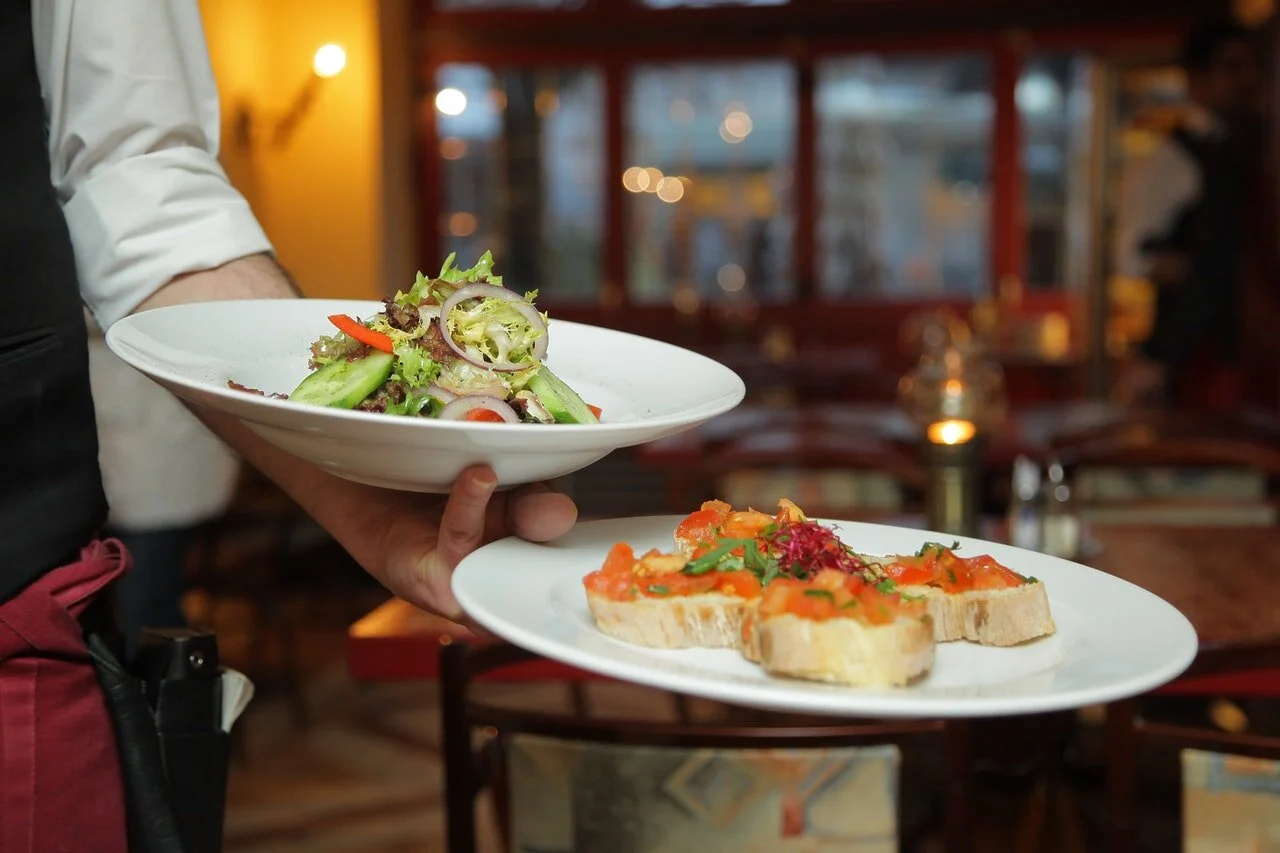More people want to help fight the climate crisis by choosing food with a lower carbon footprint. But how?
One answer is Cool Food Meals a certification program for dining facilities that makes it easy for consumers to choose meals that are more climate friendly. The Cool Food Pledge has been signed by organizations that serve almost a billion meals a year, and includes universities, hospitals, businesses, cities and restaurants. The goal of the program, led by the World Resources Institute and backed by the UN Environment Program, EAT Forum and the Sustainable Restaurant Association, is to cut food-related GHG emissions by 25% by 2030. Organizations ranging from Harvard University and IKEA to the cities of Copenhagen and Toronto are on board.
“A quarter of greenhouse gas emissions are from agriculture and related deforestation. With the new Cool Food Meals certification, consumers will know if their food choices are helping the climate,” said Andrew Steer, President and CEO, World Resources Institute. “The good news is that today we have more choices that can help us reduce our impact on natural resources and the climate while still enjoying tasty food.”
Animal-based foods account for two-thirds of agriculture-related greenhouse gas emissions, making shifting diets toward less resource-intensive foods like legumes and vegetables an important priority. It’s an issue that consumers are starting to tap into, with one recent report finding that 6 in 10 Americans say it’s important to them that the food they consume is sustainable. In another report, half of those surveyed said they would be willing to choose more sustainable, plant-based foods if they had more information about their environmental impact.
Enjoying more plant-based foods is an important way to reduce pressure on the climate — take beef versus beans for example. Per gram of protein, producing beef uses 20x the land and emits 20x the greenhouse gases compared with producing beans.
Panera Bread, with 2,000 restaurants in the US and Canada, has earned the Cool Food Meals certification on 53% of its menu items. The decal badge next to menu items makes it easy for customers to identify planet friendly meals.
Calculating the carbon footprint of food can be fiendishly difficult, involving researching and documenting multiple impacts across complex supply chains for items such as fertilizers, livestock digestion and manures that emit gases, land conversion that releases carbon dioxide into the atmosphere, as well as transportation, packaging and food processing.
Using a dish’s ingredients list, WRI calculates a dish’s carbon footprint by analyzing the emissions from the agricultural supply chains and the land used to produce the meal. If a dish’s carbon footprint falls below an established per-meal threshold and meets a nutrition safeguard, it is approved as a Cool Food Meal. The per-meal threshold is based on a maximum recommended daily carbon footprint for a person’s diet, which is 38% smaller than the current average.


